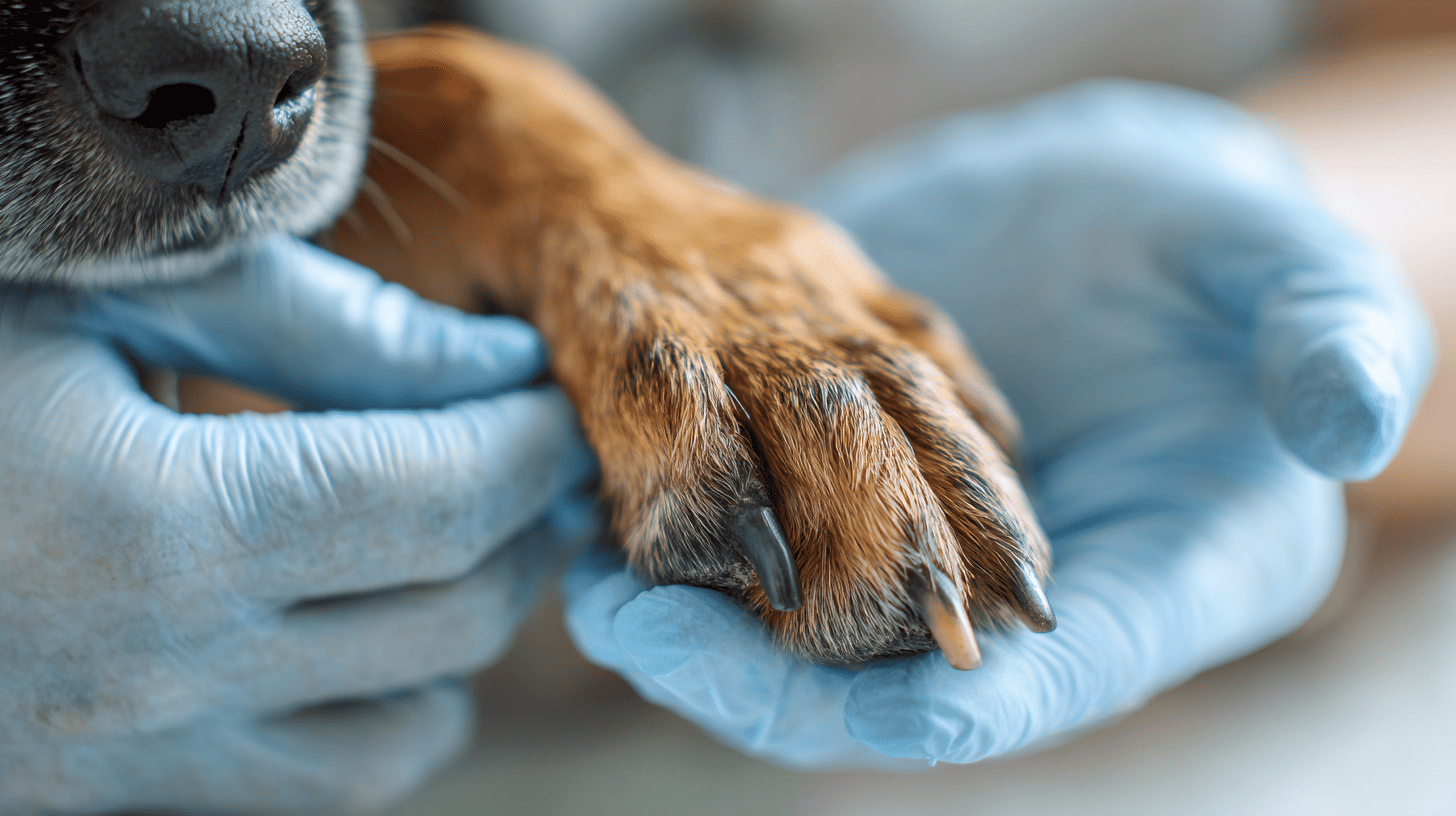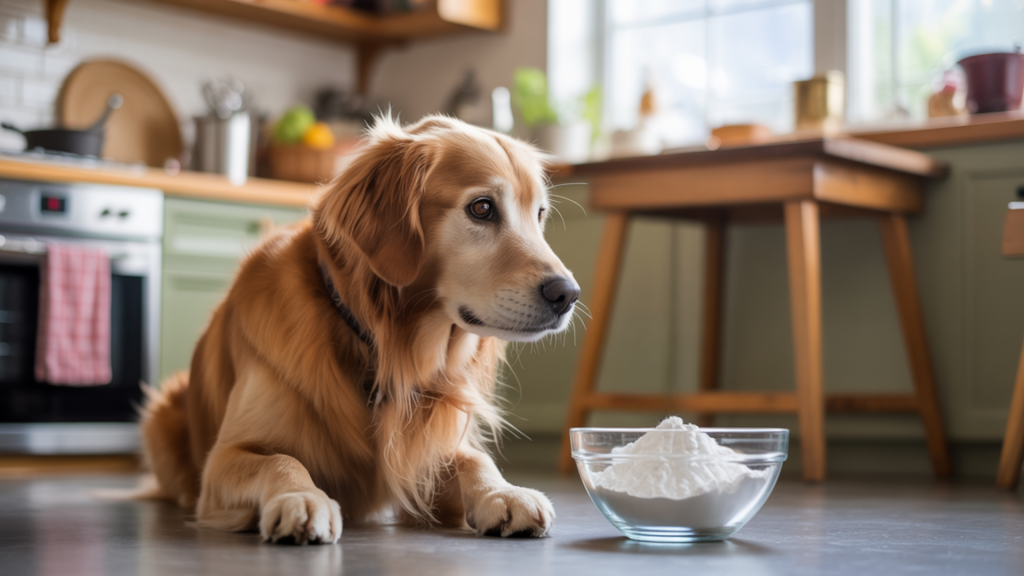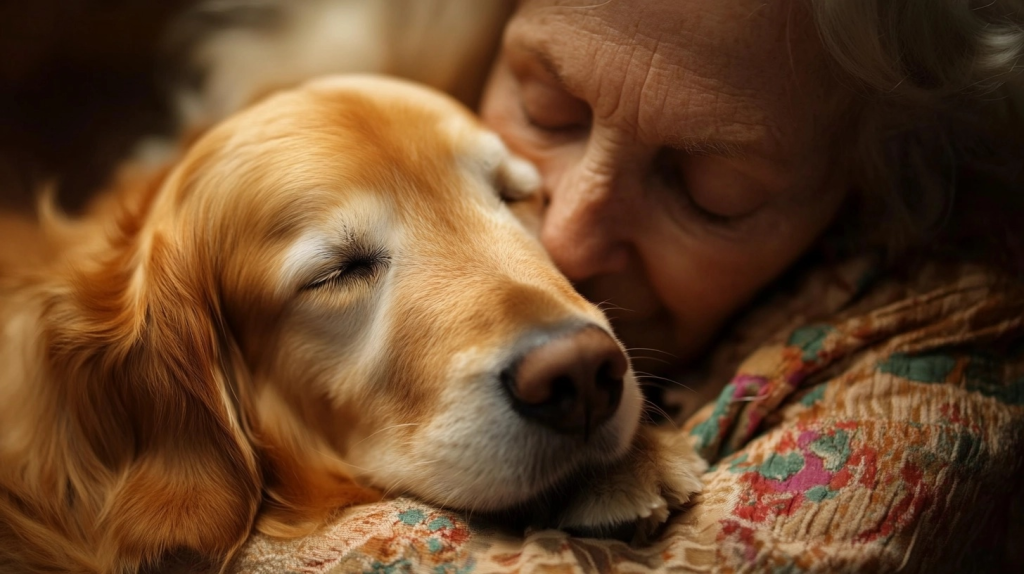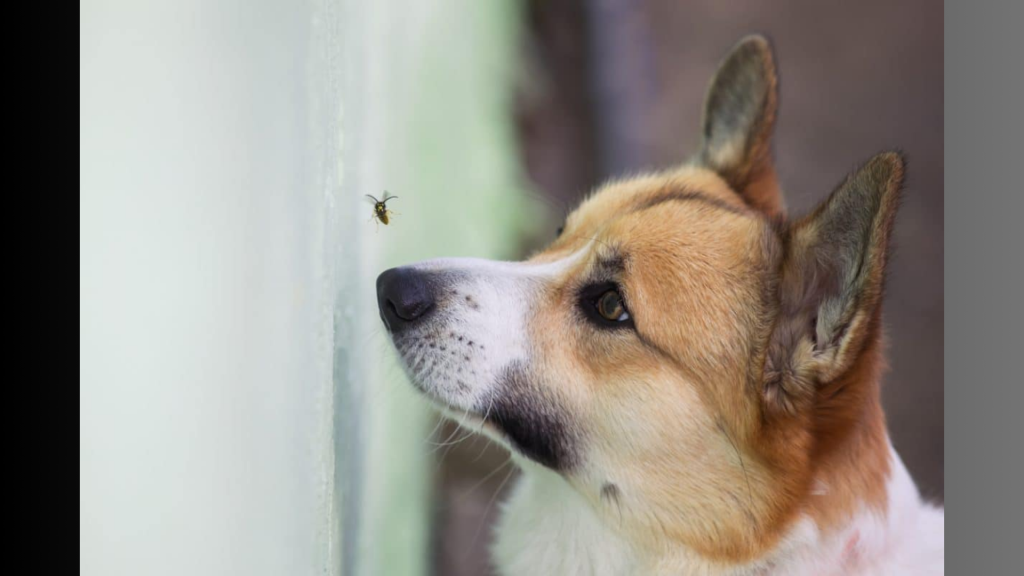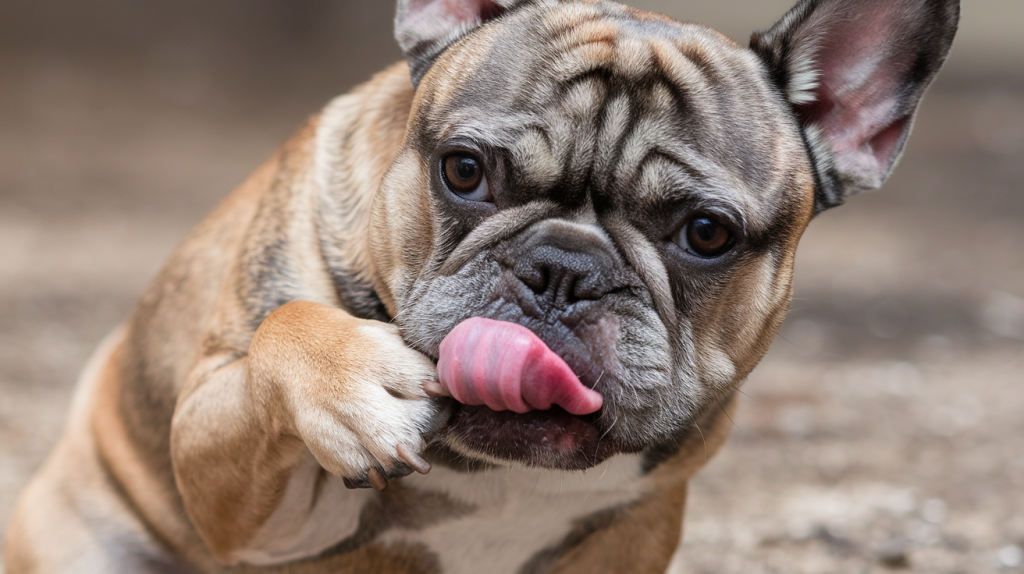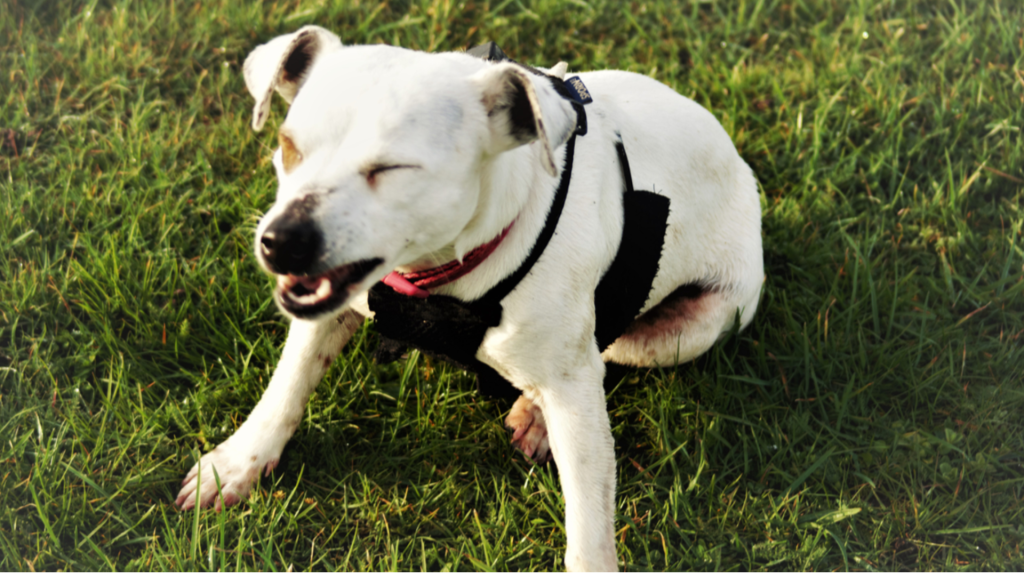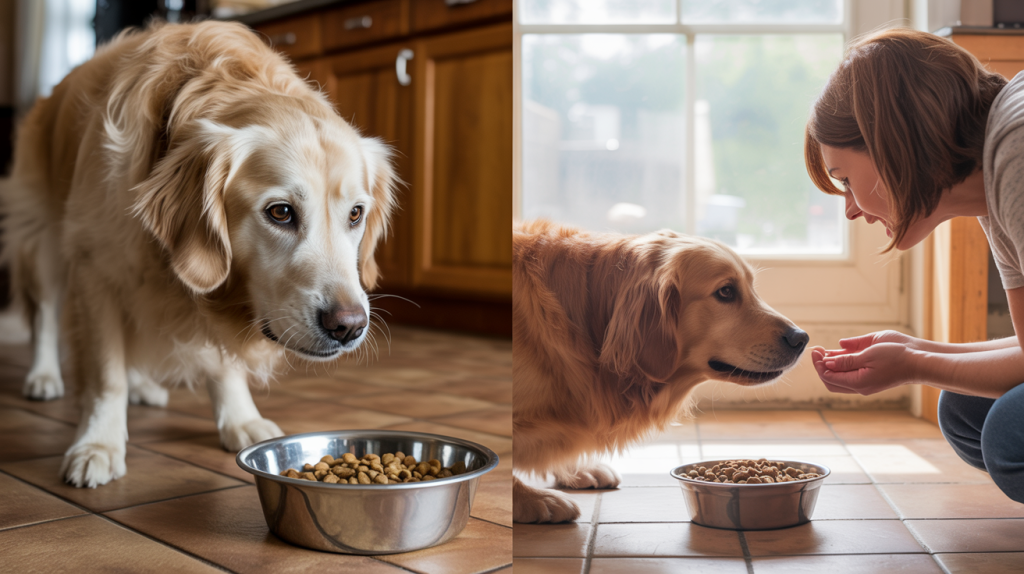Most dog owners want their pets to feel happy, healthy, and comfortable, and nail care is a big part of that.
It might seem like a small detail, but understanding the difference between healthy vs unhealthy dog nails can make a big impact on your dog’s well-being.
Long nails can put extra pressure on joints, change their posture, and cause discomfort you might not notice right away.
In this guide, we’ll walk you through how to spot the difference, recognize early warning signs, and learn simple ways to keep nails strong and well-trimmed.
By the end, you’ll feel confident about caring for your dog’s nails so every step they take is a comfortable one.
Why Nail Health Matters in Dogs
Healthy nails do more than just look nice; they play a big role in your dog’s overall comfort and movement.
When nails are kept at the right length, they help your dog walk with a natural stride and evenly distribute weight across their paws. This balance reduces stress on joints and protects the sensitive paw pads from unnecessary strain.
On the other hand, nails that are too long, cracked, or brittle can cause pain, change the way your dog stands, and even lead to long-term mobility issues.
Taking care of nail health early ensures your dog stays active, comfortable, and ready for all their favorite activities.
Signs of Healthy vs Unhealthy Dog Nails
Your dog’s nails can tell you a lot about their overall health and comfort. Knowing what’s normal helps you spot problems early.
| Healthy Dog Nails | Unhealthy Dog Nails |
|---|---|
| Smooth and strong surface | Brittle, cracked, or split texture |
| Slight natural curve | Misshapen, curling, or ingrown |
| Consistent color (white, black, or matching paw pads) | Discolored, yellowed, dark spots, or uneven hues |
| Short enough not to touch the ground | Overgrown and clicking on hard surfaces |
| No signs of pain or discomfort | Limping, paw favoring, licking, or chewing nails |
By learning these signs, you can take quick action to keep your dog’s nails and paws healthy, strong, and pain-free.
Signs & Symptoms of Unhealthy Dog Nails
Noticing changes in your dog’s nails early can help prevent pain, infections, and long-term mobility issues. Keep an eye out for these red flags:
- Discoloration: Yellowing, dark spots, or uneven hues in the nail
- Texture changes: Cracks, brittleness, splitting, or odd shapes
- Overgrowth: Nails that click on floors, curl under, or grow into paw pads
- Infection indicators: Bleeding, pus, discharge, or foul odor around the nail bed
- Behavioral changes: Limping, favoring a paw, or excessive licking/chewing of nails
By spotting these symptoms early, you can address nail problems before they impact your dog’s comfort and health.
Common Causes of Unhealthy Dog Nails
Understanding what leads to nail problems can help you take steps to prevent them and keep your dog’s paws healthy. Here are the most common culprits:
- Lack of trimming can cause overgrowth, curling, and extra pressure on paw pads.
- Nutritional deficiencies in biotin, protein, omega-3s, or minerals can weaken nails.
- Infections such as paronychia may lead to swelling, discoloration, and pain.
- Trauma from rough terrain or accidents can cause cracks, chips, or bleeding.
- Underlying health issues like autoimmune disorders, hormonal imbalances, or tumors can affect nail health.
Knowing these causes makes it easier to address the root problem and protect your dog’s comfort and mobility.
Specific Nail Conditions and Diseases
Dog nails can be affected by various medical conditions, some minor and treatable at home, while others require veterinary care. Here are some common nail-related health issues every dog owner should know about.
1. Paronychia
Paronychia is a bacterial infection of the nail bed that causes redness, swelling, tenderness, and sometimes discharge. It can result from injuries, overgrown nails, or exposure to moisture.
Without treatment, it may worsen, leading to pain and difficulty walking. Prompt cleaning, antibiotics, and vet evaluation are often needed for recovery.
2. Onychomycosis
Onychomycosis is a fungal infection that affects the nail, making it thick, brittle, and discolored. Dogs may lick or chew at the affected nails due to irritation. This condition can spread to multiple nails if untreated. Antifungal medication, regular nail care, and improved paw hygiene can help resolve and prevent recurrence.
3. Symmetrical Lupoid Onychodystrophy (SLO)
SLO is an autoimmune disease where the body attacks its own nails, causing them to become brittle, split, or even fall off. It often affects multiple paws symmetrically.
While it cannot be fully cured, treatment with supplements, medications, and supportive care can manage symptoms and help new, healthier nails grow back.
4. Ingrown Nails
Ingrown nails occur when overgrown nails curl and pierce into the paw pad, causing pain, swelling, and possible infection. They can make walking extremely uncomfortable.
Regular trimming and monitoring of paw health can prevent this issue. Severe cases may require veterinary intervention to safely remove the embedded portion of the nail.
5. Nail Tumors
Nail tumors are abnormal growths around or under the nail bed that can distort nail shape and cause pain. They may be benign or cancerous, requiring a biopsy for diagnosis.
Early detection is important, as surgical removal is often needed. Post-surgery care ensures healing and prevents infection or recurrence.
Treatment Options for Unhealthy Dog Nails
Caring for unhealthy dog nails often involves a mix of professional help, medical treatments, and preventive measures. Here are some common solutions recommended by vets and experienced pet owners.
- Professional nail trimming: Have a groomer or vet safely shorten and smooth nails, especially if they are overgrown or curling.
- Antifungal or antibacterial medications: Prescribed by a veterinarian to treat infections such as onychomycosis or paronychia.
- Pain management: Anti-inflammatory medications may be recommended to ease discomfort from injuries or nail disorders.
- Surgical intervention: Needed for severe cases like nail tumors, chronic ingrown nails, or advanced SLO.
- Nutritional support: Supplements containing biotin, omega-3s, and high-quality proteins to encourage healthy nail growth.
- Protective measures: Dog booties or paw coverings to prevent further injury while nails heal.
Using the right treatment plan can help restore your dog’s nail health and improve their comfort, mobility, and overall well-being.
How to Care for & Prevent Unhealthy Dog Nails
Keeping your dog’s nails healthy is all about regular upkeep, a proper diet, and quick attention to any problems. Here’s how to stay ahead of nail issues.
- Trim and file nails every 3–4 weeks, avoiding the quick.
- Feed a diet with biotin, protein, and omega fatty acids.
- Clean wounds promptly and follow vet guidance for treatment.
- Check nails often for changes in color, shape, or length.
- Walk on varied surfaces to encourage natural nail wear.
Consistent care not only keeps nails strong but also supports your dog’s comfort, mobility, and overall paw health.
Wrapping it Up
Healthy nails are more than just a grooming detail; they’re key to your dog’s comfort, balance, and ability to move with ease.
When nails get too long or damaged, they can cause pain, affect posture, and even lead to joint problems over time.
The good news? A little consistent care goes a long way. Regular trims, a nutrient-rich diet, and routine paw checks can prevent most nail issues before they start. And if you spot a problem, addressing it quickly can save your dog from discomfort.
By making nail care a simple part of your routine, you’ll help keep those paws healthy and strong for years to come, so your dog stays happy, active, and ready for every adventure.
Wrapping it Up
How Often Should I Check My Dog’s Nails for Signs of Problems?
Inspect your dog’s nails at least once a week to spot early signs of overgrowth, cracks, discoloration, or unusual shapes before they worsen.
Can Walking on Hard Surfaces Help Keep My Dog’s Nails Healthy?
Yes. Regular walks on concrete or pavement naturally file nails, but most dogs will still need periodic trimming to maintain ideal length.
Are Certain Dog Breeds More Prone to Nail Problems?
Breeds with fast-growing nails, long hair covering paws, or limited outdoor activity are more likely to develop overgrown or brittle nails.
Can Diet Really Change the Quality of My Dog’s Nails?
Absolutely. A balanced diet with enough protein, biotin, and omega-3 fatty acids supports stronger, smoother nails and discourages brittleness.
Should I Use a Grinder or Clippers for Trimming Dog Nails?
Both can work well. Grinders allow slow, precise shaping, while clippers are faster, choose based on your comfort and your dog’s tolerance.


